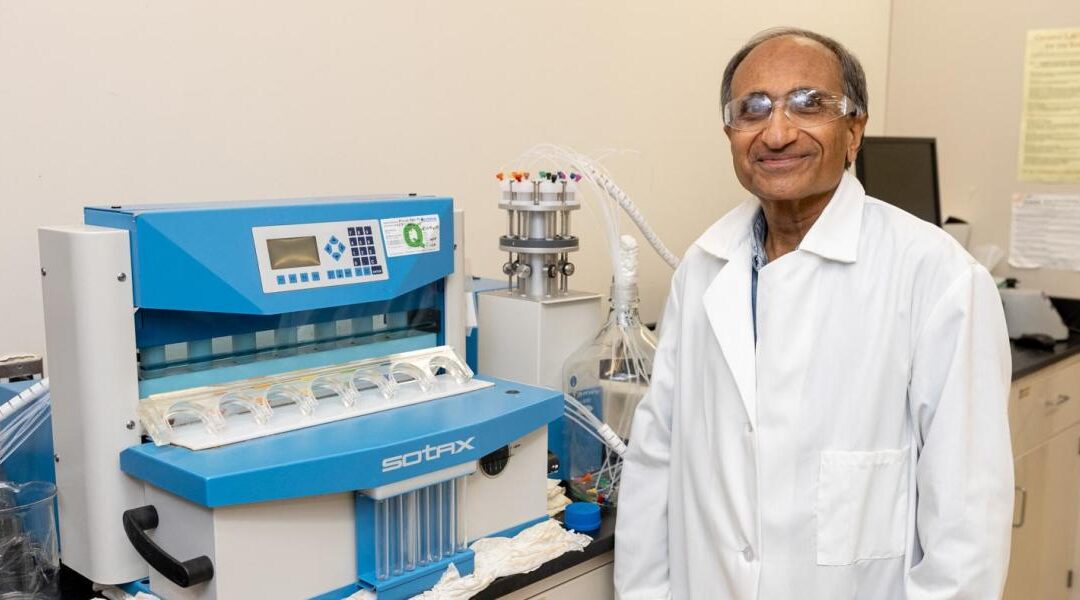Swallowing a pill is simple. Developing one the body will absorb into the bloodstream and deliver to the precise location, at the right concentration and in the optimal sequence is complex. The vast majority of pills are composed of powders, materials with properties of both solids and liquids, and they are tricky to design and manufacture because of their sometimes unpredictable behaviors.
“Drugmakers face a number of fundamental problems,” says Rajesh Davé, a distinguished professor of chemical and materials engineering at NJIT who specializes in particle design. “Most drug molecules in the pipeline – about 80% – are poorly soluble, for example, making it difficult for the body to incorporate and distribute them effectively. The experimentation needed to bring them to market is lengthy and expensive. Quality, affordability and accessibility remain challenges.” To read the full story.

